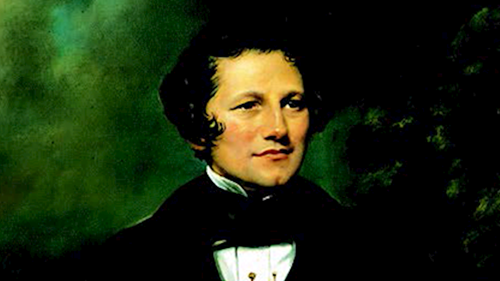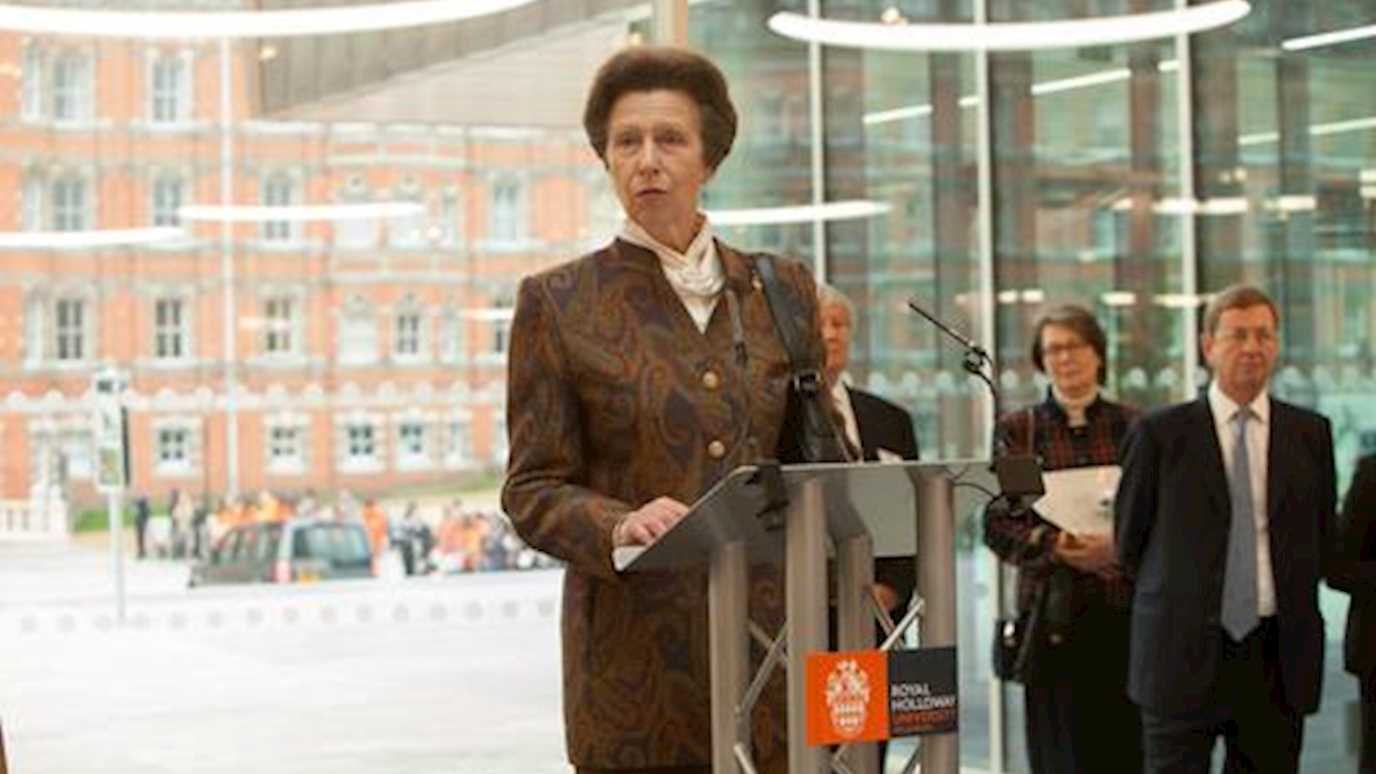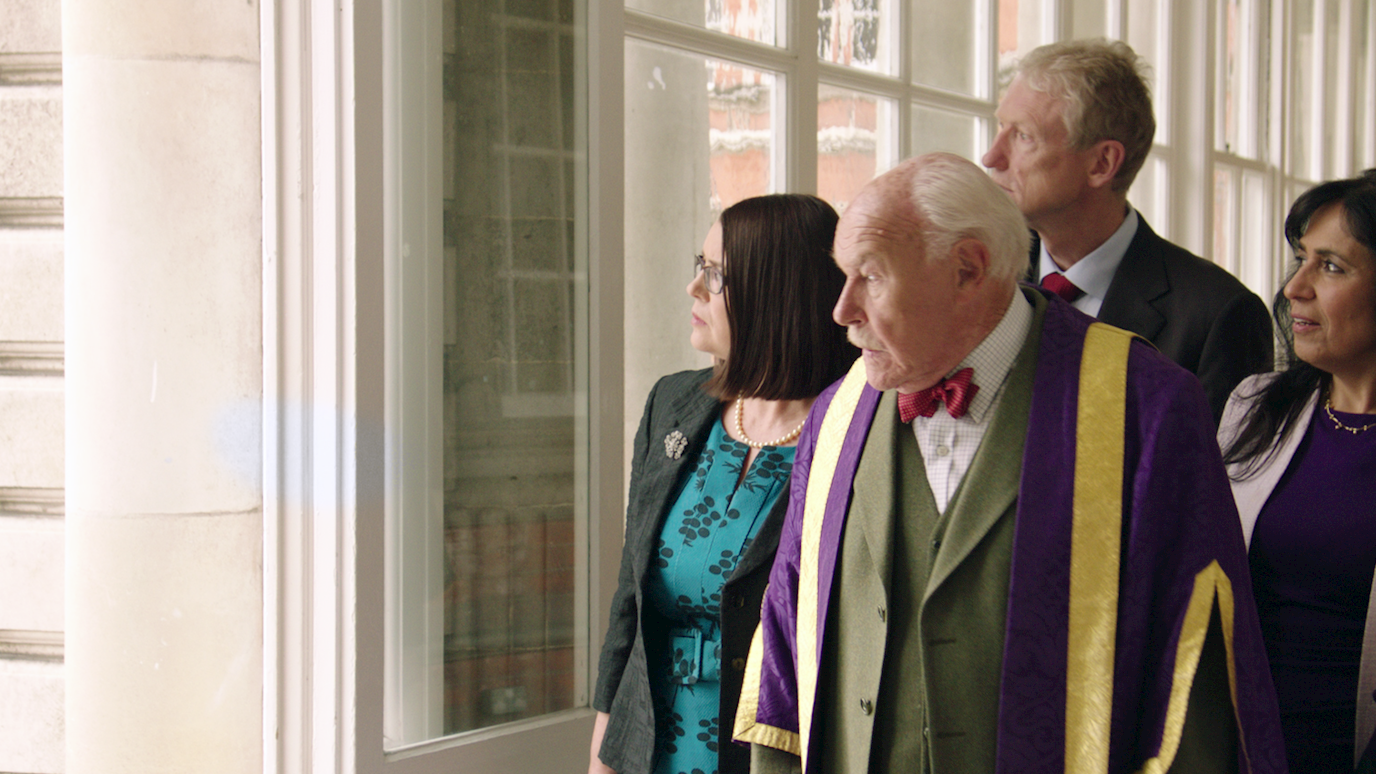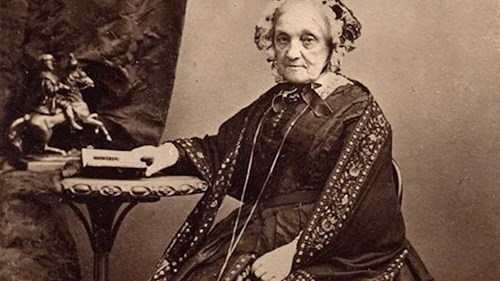
Elizabeth Jesser Reid
Elizabeth Jesser Reid, née Sturch, was a pioneering social reformer. Born in London in 1789, in 1821 she married the physician John Reid who died just 13 months later. She devoted her life to supporting many benevolent schemes set up by women, as well as anti-slavery campaigns in America.
Founding a higher education college for women had been a childhood dream, and in 1849 she put up the money to found Bedford College. It was the first women’s higher education college in Britain.
The first students included Sarah Parker Remond, the first black woman to undertake a round Britain lecture tour about the slavery question, the artist Barbara Bodichon and novelist George Eliot.
Thomas and Jane Holloway
Thomas Holloway was a Victorian entrepreneur who became a millionaire through marketing pills and ointments globally.
His early marketing strategy initially involved sending his brother into pharmacies to ask for Holloway’s products, and visiting the next day to supply them. Unfortunately, his ambition to grow the business with the first global advertising campaign in 1839 proved too expensive and Thomas served time in a debtors’ prison – but advertising eventually became a cornerstone of the business, with spend totalling £40,000 in 1863.
In 1849 Thomas married Jane Pearce Driver, and together they planned how to invest some of the business’s profits for the greater good.
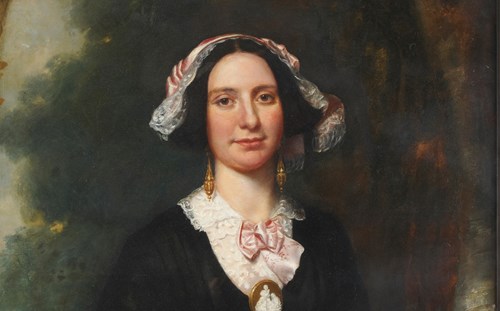
Their first venture was to build a sanatorium in east London to support people with mental health problems. While that was still being built, Jane persuaded Thomas to realise a grand vision – a college to educate women. This was controversial, but it made a strong statement to the world, both conceptually and architecturally.
Sadly both Jane and Thomas died before it was completed, but Jane’s brother George Martin oversaw the build and welcomed Queen Victoria to the opening in 1886.
Although Thomas Holloway had not originally envisaged an art gallery in his college, he was inspired to start buying paintings to form a collection for his students in 1881. It is likely that this was the first collection gathered in Britain specifically for female viewers, and his approach to creating it was extraordinary in many ways. The collection certainly impressed Queen Victoria. On the day she came to open the College she wrote in her diary that ‘Royal Holloway had fine specimens of modern art’.










